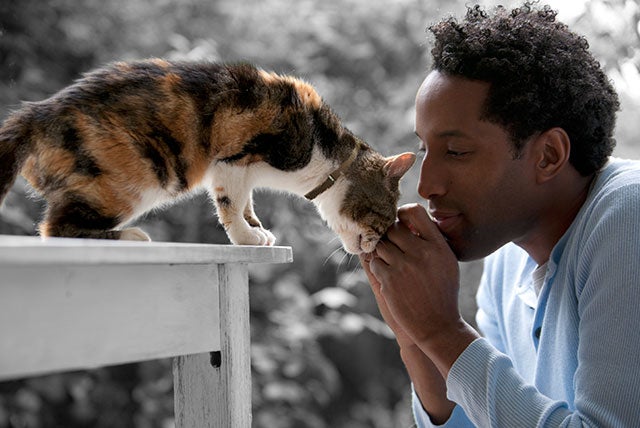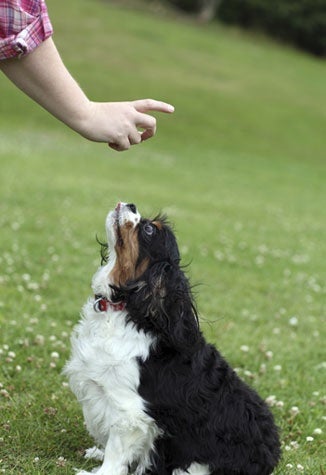Italian Greyhound
The Italian Greyhound is a miniature version of a regular Greyhound. Elegant, graceful, and fast, they have a smooth, glossy coat in various shades, a narrow head with a fine muzzle, and soft, high-set ears.
Breed characteristics carousel
Learn More
Need to Know
- Dog suitable for owners with some experience
- Basic training required
- Generally healthy breed
- Enjoys active walks
- Small dog
- Minimal drool
- Requires frequent grooming
- Quiet dog
- Welcomes everyone happily
- Generally friendly with other dogs
- Gets along with other pets with training
- May need additional supervision to live with children
- Needs a small yard or can happily live in the city
- Can be left alone occasionally with training
- AKC Registered Breed

Personality
A sighthound in a small package, the Italian Greyhound shares the characteristics of the larger versions. This little dog loves to run and chase but has a super sensitive disposition. They are clean, gentle, and shy, and love to snuggle because they are affectionate and trying to keep warm. They can be shy around strangers to the point of disinterest but are devoted to their families and get along well with kids, other dogs, and pets in their familial unit. Since they're so small, they can easily get hurt by rough play with kids or bigger dogs.
The Italian Greyhound has been around for centuries. There is evidence of similar dogs in art from nearly 2,000 years ago in Turkey, Greece, and around the Mediterranean. By the Middle Ages, these miniature Greyhounds were popular in southern Europe, especially among Italian courtiers. They arrived in England in the seventeenth century and became favorites of the nobility, peaking in popularity during Queen Victoria's reign. After World War II, the breed nearly vanished in England, but by that time they had appeared in America and risen in popularity.
They are small in size, but Italian Greyhounds don’t necessarily know it. They are capable of chasing and running as fast as their bigger counterparts, but they are small and delicate, so much so that they require a wardrobe of clothing to keep them warm and protected. They love to burrow into warm bedding and blankets, so owners will need to be ok with finding them buried in the covers. They do best in child-free, quiet homes.
Tiny sighthounds, they love the thrill of the chase. It's best to let them run in a safe, confined space since they can dart off and are too delicate to play with rough or bigger dogs. They can be fragile going up and down stairs.
The Italian Greyhound can easily live in a small house as long as they have a safe place to run and plenty of covers to burrow in.
These delicate pocket pups need very little coat care for their short coats. A rub down with a cloth will bring out the natural shine in their coats. Owners should focus on keeping teeth clean as Italian Greyhounds are prone to dental problems.
An Italian Greyhound sees training as beneath them, so it will be up to owners to instill good training practices such as walking on a leash and good recall because they are prone to darting off, chasing neighborhood cats on instinct. Potty training can be a slow process and they often have separation-related behavior issues because they are so tightly bonded with their owners.
Italian Greyhounds generally do not make great family dogs as they are too delicate and sensitive for even the quietest of families. They usually bond exclusively with one person.
The cost of an Italian Greyhound from a breeder is significantly more than the cost of adopting one from a local shelter or rescue. The adoption fee usually covers additional items such as spaying or neutering, vaccines, and microchipping.

Learn more about feeding and caring for your Italian Greyhound on Purina.
Did You Know?
- Despite the name, the Italian Greyhound originally comes from ancient Egypt. Their mummified remains could be found entombed with pharaohs. They were also seen in ancient Greece and Rome.
- They are likely the very first breed to be developed purely as a companion. They’ve existed for 4,000 to 7,000 years.


